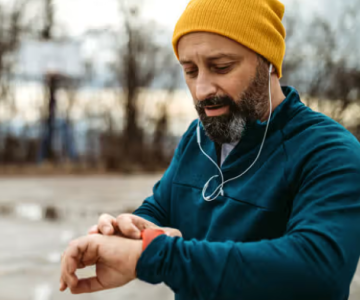At Precision, we’ve found that dry needling has helped many of our patients recover more quickly and return to their activities faster than traditional manual therapy alone. Despite the initial hesitation many people have about dry needling, most of my clients end up preferring it once they experience its benefits. In fact, many even ask me for more sessions!
Although there is still some conflicting research on dry needling, studies have shown that it can be more effective than manual trigger point release. It has been found to improve range of motion, reduce muscle tension, alleviate pain, decrease pain sensitivity, and accelerate recovery—all without negatively affecting athletic performance.
Dry needling can treat a variety of conditions, including myofascial pain, chronic pain, limited range of motion, muscle scars, hip and back pain, neck and shoulder discomfort, headaches, and foot or lower extremity injuries.
What Is Dry Needling?
Dry needling is a technique used by physical therapists that involves inserting a thin needle into specific muscle areas, known as trigger points, to relieve pain and tightness. According to the American Physical Therapy Association, trigger point dry needling is a “skilled intervention” that targets myofascial trigger points, muscles, and connective tissue. Essentially, it’s a minimally invasive procedure where a needle is inserted directly into the muscle’s trigger points.
Trigger points can be categorized into active and latent types. While both involve taut bands of muscle, only active trigger points cause pain. These trigger points can impair movement, strain joints, and increase muscle tightness. They often develop as a result of muscle injury, ischemia, overtraining, or acute trauma.
When you undergo dry needling, your therapist will clean the area, use gloves, and explain the process. And if you’re nervous, we even offer a teddy bear to hold during the procedure!
Does Dry Needling Hurt?
The needle insertion itself is typically painless. However, when the needle reaches the trigger point, you might feel a cramping or mild discomfort, either at the insertion site or radiating to other areas of the body. This sensation is brief, and most people experience significant improvements in pain relief, range of motion, and muscle function right after the session. Some soreness may linger for 24 to 48 hours afterward, similar to how muscles feel after a workout.
Is Dry Needling Common Among Physical Therapists?
Not all physical therapists are trained in dry needling, and it’s not permitted in every state. For example, in Georgia, physical therapists must complete 50 hours of training before they can use dry needling in a clinical setting. This training includes classroom instruction, hands-on practice, and exams. To find out if dry needling is allowed in your state, Kinetacore is an excellent resource.
Dry needling offers a quick and effective solution for many muscle and pain issues. If you’re looking for a way to accelerate recovery and improve your range of motion, it could be the right treatment for you.





